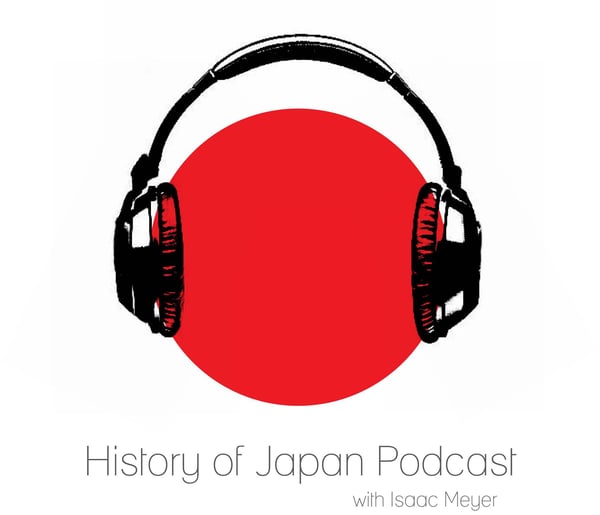Episode 261 - The City that Never Sleeps, Part 4
History of Japan
Isaac Meyer
4.8 • 744 Ratings
🗓️ 20 October 2018
⏱️ 30 minutes
🧾️ Download transcript
Summary
This week, we cover postwar Tokyo as it recovers from the devastation of war in remarkable time, and take some time to think about what we've learned from the history of Japan's most central city.
Transcript
Click on a timestamp to play from that location
| 0:00.0 | This week's episode is brought to you by DreamCloud Mattresses. |
| 0:04.5 | DreamCloud is an affordable, luxury hybrid mattress that combines the best of latex, |
| 0:10.1 | memory foam, tufting, and coil technology to provide the best sleep that money can buy, |
| 0:15.8 | and an exciting combination of comfort and support. |
| 0:19.7 | And what's particularly great about it is that with a 365-day free trial, that's right, |
| 0:26.0 | a full year to try it out, you can take your time deciding whether you like it or not. |
| 0:32.1 | For listeners of the show, DreamCloud is offering $200 off your first order. |
| 0:37.1 | Head on over to isaacmyer.net slash |
| 0:39.4 | DreamCloud, that's one word, |
| 0:41.4 | DreamCloud, and click the link |
| 0:43.5 | for the discount. And then once |
| 0:45.3 | your new bed arrives, have a lie down, |
| 0:47.5 | enjoy the comfort, and crank up the |
| 0:49.4 | podcasts. Hello and welcome to the History of Japan podcast, episode 261, The City That Never Sleeps, Part 4. |
| 1:16.9 | Perhaps no moment of urban rebirth in human history is as dramatic as what happened in Tokyo after the Second World War. |
| 1:25.0 | By pretty much any measure, the revival of the city was incredibly fast. For example, |
| 1:30.2 | in 1940, Tokyo had a population of over 7 million. By 1945, that population had more or less |
| 1:37.5 | fallen in half, to under 3.5 million. After all, a ruined city with no food was, obviously enough, far less attractive |
| 1:46.7 | to economic migrants than a bustling wartime capital, not to mention all the residents |
| 1:51.8 | killed by the war or by the food shortages created by the American blockade, and those who |
| 1:57.1 | had fled for the countryside, with its far fewer bombs and far more food. |
| 2:02.1 | However, by 1950, even before the city's recovery was really complete, the population had bounced |
... |
Please login to see the full transcript.
Disclaimer: The podcast and artwork embedded on this page are from Isaac Meyer, and are the property of its owner and not affiliated with or endorsed by Tapesearch.
Generated transcripts are the property of Isaac Meyer and are distributed freely under the Fair Use doctrine. Transcripts generated by Tapesearch are not guaranteed to be accurate.
Copyright © Tapesearch 2025.

